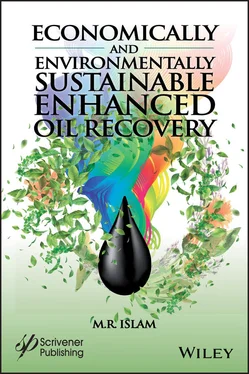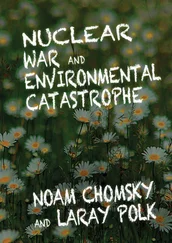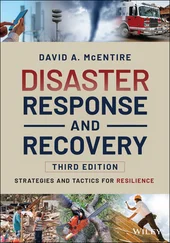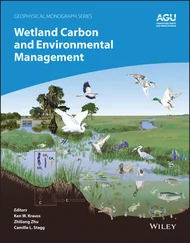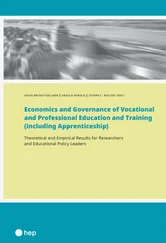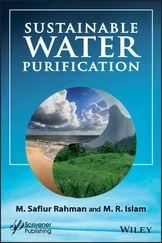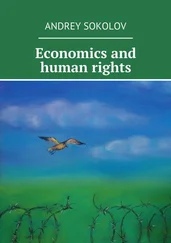
Figure 2.10There are different trends in population growth depending on the state of the economy.
Table 2.5Per capita energy consumption (in TOE) for certain countries (From Islam et al ., 2018).
| Countries |
1990 |
1995 |
2000 |
2005 |
2010 |
2015 |
| USA |
7.7 |
7.8 |
8.2 |
7.9 |
7.3 |
7.3 |
| Canada |
7.5 |
7.9 |
8.1 |
8.4 |
7.6 |
7.6 |
| Japan |
3.6 |
4.0 |
4.1 |
4.1 |
3.7 |
3.9 |
| Germany |
4.4 |
4.1 |
4.1 |
4.1 |
4.0 |
3.8 |
| Russia |
5.9 |
4.3 |
4.2 |
4.5 |
4.8 |
5.5 |
| Saudi Arabia |
3.9 |
4.8 |
5.1 |
6.0 |
6.6 |
7.7 |
| China |
0.8 |
0.9 |
0.9 |
1.3 |
1.8 |
2.2 |
| India |
0.4 |
0.4 |
0.5 |
0.5 |
0.6 |
0.7 |
| Indonesia |
0.6 |
0.7 |
0.7 |
0.8 |
0.9 |
1.2 |
| Sri Lanka |
0.3 |
0.3 |
0.4 |
0.5 |
0.5 |
0.6 |
Figure 2.11 shows the growth in per capita energy consumption for some key countries that are not characterized as ‘more developed countries’. These countries all had very modest per capita energy needs in 1990. However, they all show exponential growth in energy needs in the last two decades. China leads the pack with the highest growth in energy needs. It nearly triples the energy need in 25 years. This trend shows that China could have dealt with its ‘population crisis’ by keeping the per capita energy consumption in check. This would have avoided many shortcomings of the one-child policy that China has imposed on its population for decades. Similar growth is shown by Indonesia – another country that attempted to decrease its population rather while increasing per capita energy needs. Over the two decades, Indonesia has doubled its per capita energy consumption. India has shown restraints in per capita energy consumption. While this is the case, its per capita energy consumption has doubled during the decades of concern. Sri Lanka has been the lowest energy consuming country (from the list of countries) but still maintains growth very similar to India and Indonesia.
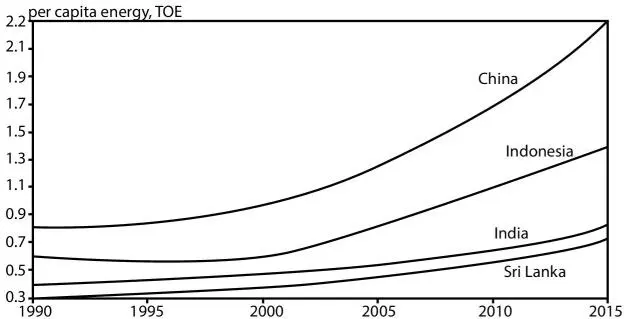
Figure 2.11 Per capita energy consumption growth for certain countries.
It has been recognized for some time that there is a strong correlation between per capita energy need and GNP (as well as GDP). Over the last 30 years, the average consumption of the global ‘South’ has been nearly an order-of-magnitude less than that of the ‘West’ (Goldemberg et al ., 1985; Khan and Islam, 2012). As the West has been trying to boost its population and contain its per capita energy consumption, while increasing its GNP, the ‘south’ has been trying to contain its population while increasing the per capita energy consumption as well as GNP.
These contradictory measures have created confusions in both the west and the ‘south’. This is most visible in the definition of GNP and GDP that reward an economy for increasing wasteful habits (e.g. per capita energy consumption). This contradiction has been discussed by Khan and Islam (2007), who introduced new techniques for measuring economic growth that could take account of true sustainability. They showed that true sustainability would increase GNP by increasing efficiency (rather than increasing per capita energy consumption).
Figure 2.12 shows how energy consumption has become synonymous with the concept of societal welfare, as expressed as tangible expression of the ‘quality of life.’ Goldenberg et al . (1985) correlated per capita energy consumption with a Physical Quality of Life Index (PQLI), which is an attempt to measure the quality of life or well-being of a country. The value is the average of three statistical data sets: basic literacy rate, infant mortality, and life expectancy at age one, all equally weighted on a 0 to 100 scale. It was developed for the Overseas Development Council in the mid-1970s by Morris David Morris, as one of a number of measures created due to dissatisfaction with the use of GNP as an indicator of development. PQLI is best described as the measure of tangible features of the society, not unlike GDP (Khan and Islam, 2007). Ever since, numerous other indices have been proposed, including more recently developed Happiness index, but they all suffer from similar short-comings, i.e., focus on tangibles, as outlined by Khan and Islam (2012 and Zatzman, 2012, 2013). The following steps are used to calculate Physical Quality of Life:

Figure 2.12A strong correlation between a tangible index and per capita energy consumption has been at the core of economic development (from Goldenberg, 1985).
1 Find the percentage of the population that is literate (literacy rate).
2 Find the infant mortality rate (out of 1000 births). INDEXED Infant Mortality Rate = (166 - infant mortality) × 0.625
3 Find the Life Expectancy. INDEXED Life Expectancy = (Life expectancy - 42) × 2.7
4 Physical Quality of Life = (Literacy Rate + INDEXED Infant Mortality Rate + INDEXED Life Expectancy)/3.
This trend goes back to the earliest times of the Industrial Revolution more than two-and-a-half centuries ago. Khan and Islam (2012) discussed the mindset that promoted such wasteful habits in all disciplines. Figure 2.13 summarizes the dilemma. At the dawn of the industrial age, civilization began to be defined by consumption and wasteful habits. As the population grew, the energy consumption per capita should have been decreased in order compensate for the increasing energy demand. This would be in line with the claim that industrialization had increased human efficiency.
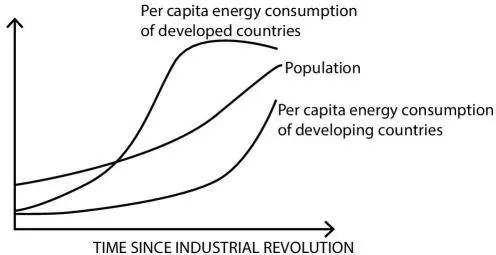
Figure 2.13While population growth has been tagged as the source of economic crisis, wasteful habits have been promoted in name of emulating the west.
The opposite happened in the developed countries. For centuries, the per capita energy consumption increased, along with dependence on mechanization. It only stabilized in 1990s. By then, the population growth in the west has been arrested and have been declining in most part (the exception being USA). This population and energy paradox was further accentuated by encouraging the developing countries to emulate the west in wasteful habits. In every country, consumption per capita increased with time as a direct result of colonialism and imposed culture that is obsessed with externals and short-term gains. As a result, a very sharp increase in per capita energy consumption took place in the developing countries. As can be seen from Table 2.5, even with such increase, the “south” has not caught up with the “west”, with the exception of some petroleum-rich countries.
Читать дальше
